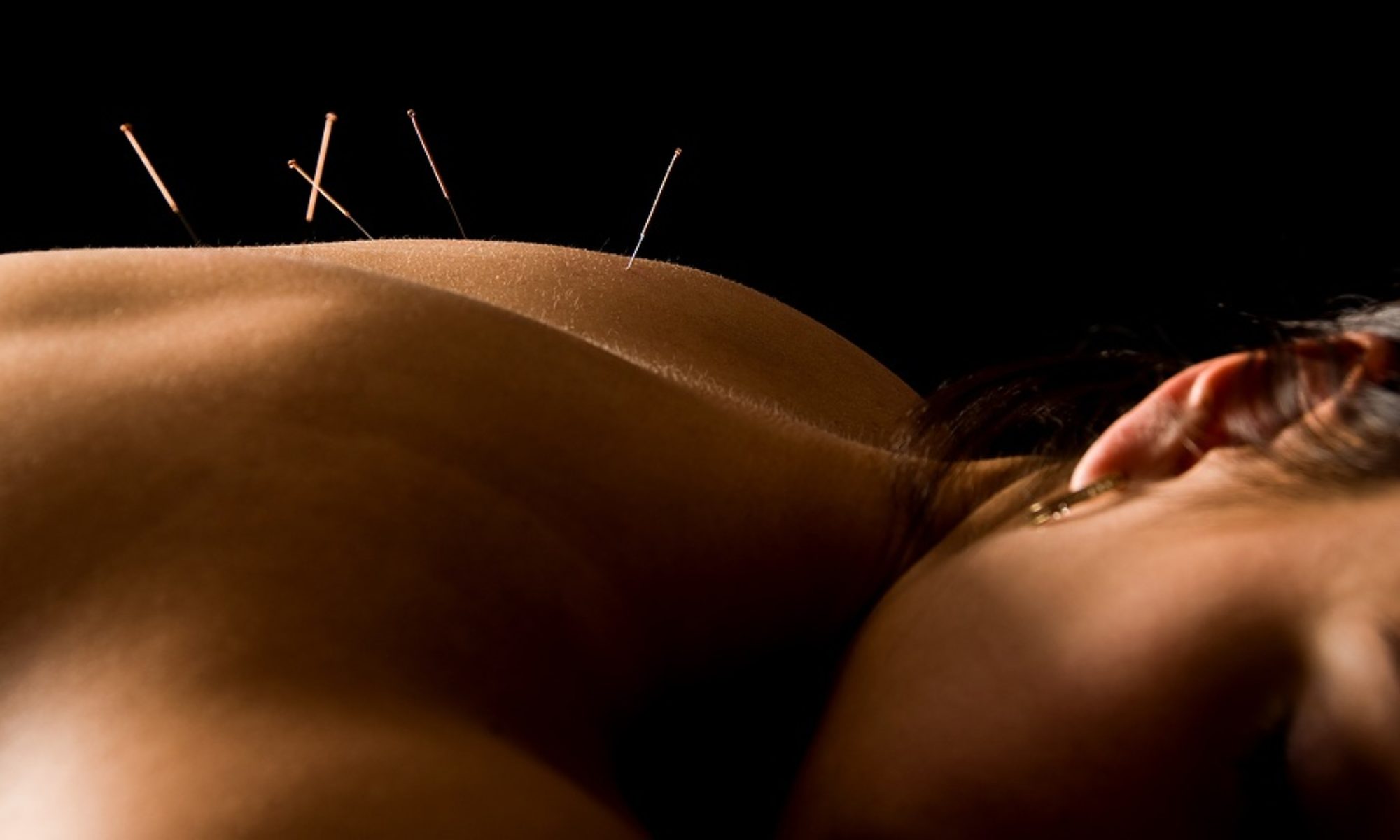In recent decades, the Western world has begun to embrace Acupuncture and other forms of Complementary and Alternative Medicine (CAM). Recent data indicates a huge increase in patient visits to Acupuncture in the last decade, from 5.4 million to 17.6 million (Nahin et al 2009 Natl Health). Part of the reason for this is the amount of research that has been done lately on the effectiveness of these types of therapies.
The National Institute of Health (NIH) created the National Center for Complementary and Alternative Medicine (NCCAM), an organization dedicated to spread education, awareness, and research about CAM. They host much of the research in the United States, and their website offers great explanation of the current topics and findings.
In a recent article, the head of NCCAM helps sum up how acupuncture may work from a Western perspective…
The insertion of acupuncture needles has some of the following effects: activates the release of endorphins (which helps modulate perception of pain), changes blood flow patterns (affects pain and may contribute to acupuncture’s ability to decrease nausea and vomiting), and affects the hypothalamus-pituitary-adrenal (HPA) axis (which causes the decrease in stress and anxiety levels after treatment). To read the full article, please visit: A Healthy Poke: Demystifying the Science Behind Acupuncture www.theatlantic.com
Acupuncture has also been associated with decreased levels of Neuropeptide Y, a molecule that is elevated during stress. (as demonstrated using rats and the acupuncture point Stomach 36/Zu San Li/”leg three mile”)
Another organization that embraces the use of CAM (complementary and alternative medicine) to treat pain is the American Pain Foundation (APF). Please visit their website to learn more: www.painfoundation.org
Some research…
In a study comparing actual and sham acupuncture in the treatment of pain, researchers used fMRI to examine how acupuncture can decrease pain and they found that “[i]n addition to affecting regions of the brain that process pain, actual acupuncture appears to modulate nerve pathways that descend from the brain to the spinal cord, inhibiting the transmission of pain signals in the spinal cord.” (Kong J, Kaptchuk TJ, Polich G, et al. Expectancy and treatment interactions: a dissociation between acupuncture analgesia and expectancy evoked placebo analgesia. NeuroImage. 2009;45(3):940–949.)
Brain imaging techniques are a popular to way to study Acupuncture, but researchers are also studying Chinese herbs. One of the hot topics in Oriental Medicine is its role in fertility. A study on the effects of Chinese herbs for endometriosis found that “Post-surgical administration of CHM [Chinese Herbal Medicine] may have comparable benefits to gestrinone [Western medication] but with fewer side effects. Oral CHM may have a better overall treatment effect than danazol; it may be more effective in relieving dysmenorrhea and shrinking adnexal masses when used in conjunction with a CHM enema.” (Flower A, Liu JP, Chen S, Lewith G, Little P. Chinese herbal medicine for endometriosis. Cochrane Database Syst Rev. 2009 Jul 8;(3):CD006568.)
A good resource for current medical research is PubMed – a government website for established medical journals: www.ncbi.nlm.nih.gov/pubmed
Also The Society for Acupuncture Research (SAR) is host to a vast amount of the most up-to-date research available. www.AcupunctureResearch.org

